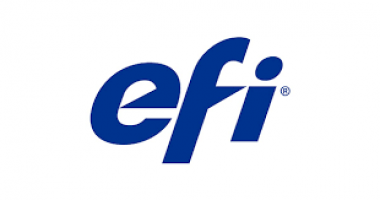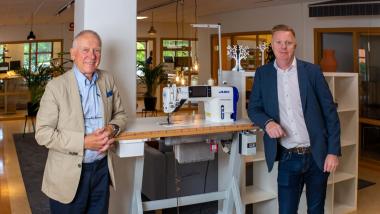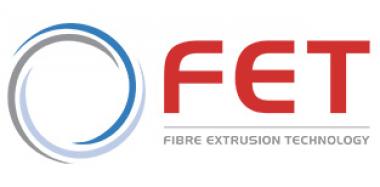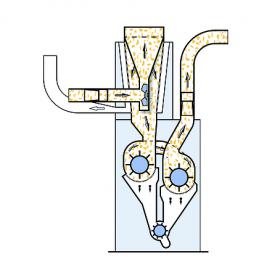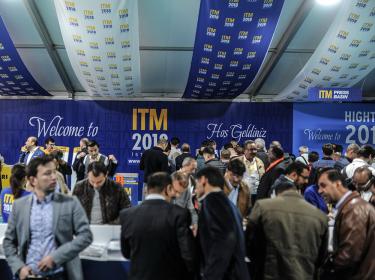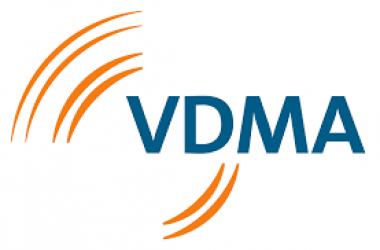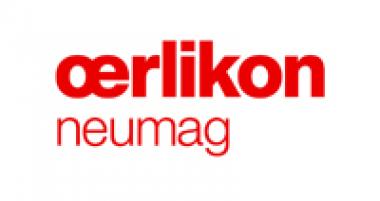EFI Reggiani: Neuer digitaler Textildrucker mit Scanfunktion
Electronics For Imaging, Inc. bringt heute seinen dritten neuen digitalen Textildrucker des Jahres 2021 auf den Markt, der einen hohen realen Produktionsdurchsatz für einen digitalen Textildrucker mit Scanfunktion liefert. Mit einer Konfiguration von bis zu acht Farben druckt der EFI Reggiani HYPER bis zu 13 laufende Meter pro Minute im Produktionsmodus mit zwei Durchgängen und ist damit einer der schnellsten Textildruckern mit Scanfunktion auf dem Markt. Der neue Drucker eignet sich für die Produktion auf gestrickten oder gewebten Textilien und ist mit einer intelligenten Technologie ausgestattet, die es ermöglicht, ihn in Industrie 4.0 Projekte zu integrieren.
EFI präsentiert den neuen EFI Reggiani HYPER Drucker auf der Messe TME Exhibition Textile Machinery Fair, die vom 8. bis zum 11. September im Istanbul Expo Center stattfindet.
EFI GmbH


